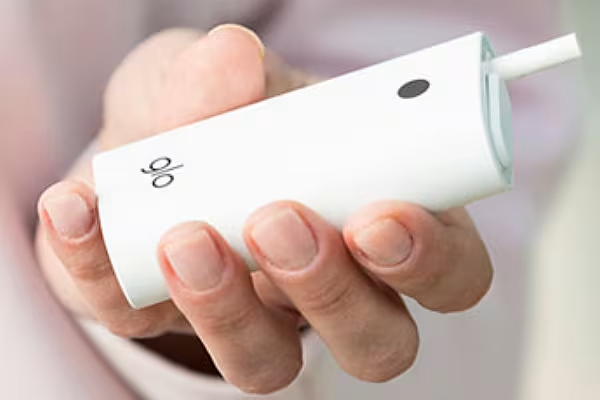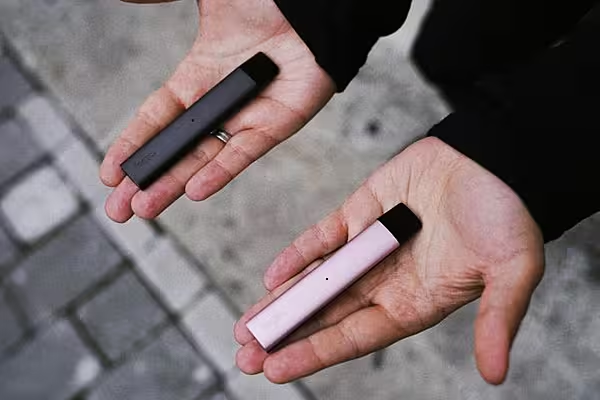British American Tobacco (BAT) said a year-long study evaluating the potential harm reduction of using heated tobacco products compared to cigarettes will help expand the category of alternative 'smoke-free' products.
Tobacco companies are trying to attract new customers with alternative tobacco products as governments and public health campaigners make a concerted push towards a tobacco-free world. But scientists remain sceptical about the long-term health benefits.
Heated tobacco products (HTPs), such as BAT's glo and key rival Philip Morris International's IQOS, are envisioned to reduce the likelihood of developing diseases like lung cancer and cardiovascular conditions in smokers of traditional cigarettes who would not otherwise quit.
HTPs heat tobacco without necessarily burning it, in effect exposing users to lower levels of some toxic chemicals than conventional cigarettes.
BAT's HTP study included more than 300 healthy adults who were divided into groups, including those who either continued smoking cigarettes or switched to using only glo, as well as never-smokers.
The Study
The study, published in a medical journal, tracked biological indicators called biomarkers of the impact of certain cigarette smoke chemicals, via samples of blood, urine and other measurements taken every month.
Researchers found 'significant' reductions in biomarkers of select toxins in glo users, compared to those on conventional cigarettes.
But how substantial these reductions are in reducing the likelihood of smoking-related diseases is still to be determined, Dr Sharon Goodall, BAT's group head of regulatory science told Reuters.
The biomarkers that have been measured in this study are based on chemicals known to be reduced in HTPs, but may not necessarily measure exposure to chemicals known to be higher in HTP emissions compared to cigarette smoke, said Sophie Braznell, a researcher at the University of Bath.
Additionally, when something is perceived to carry relatively lower health risks, people sometimes increase their consumption of the product, which can in extreme cases offset the potential health benefits, she said.
This study does not represent the real world where the majority of HTP users smoke conventional cigarettes, noted Charlotta Pisinger, chair of the European Respiratory Society Tobacco Control Committee.
It is worth noting that more than 40% of the group that switched to glo in the study were excluded from the final analysis because they started smoking, she said.
That the study was funded and conducted by BAT also poses a major conflict of interest, added Dr Esteve Fernández, head of the WHO Collaborating Centre for Tobacco Control at the Catalan Institute of Oncology.
To accelerate tobacco harm reduction, smokers need to switch from combustible products to alternatives as fast as possible, said Kingsley Wheaton, BAT's chief growth officer told Reuters.
News by Reuters, edited by ESM – your source for the latest A-Brands news. Click subscribe to sign up to ESM: European Supermarket Magazine.














